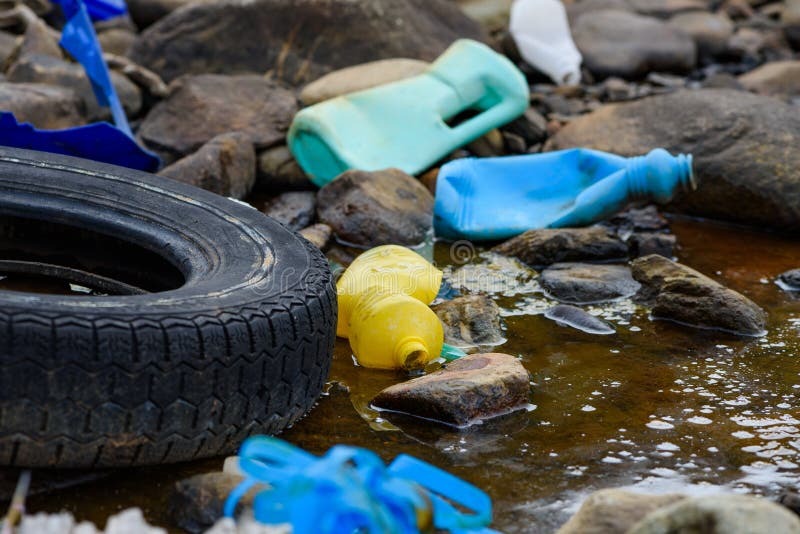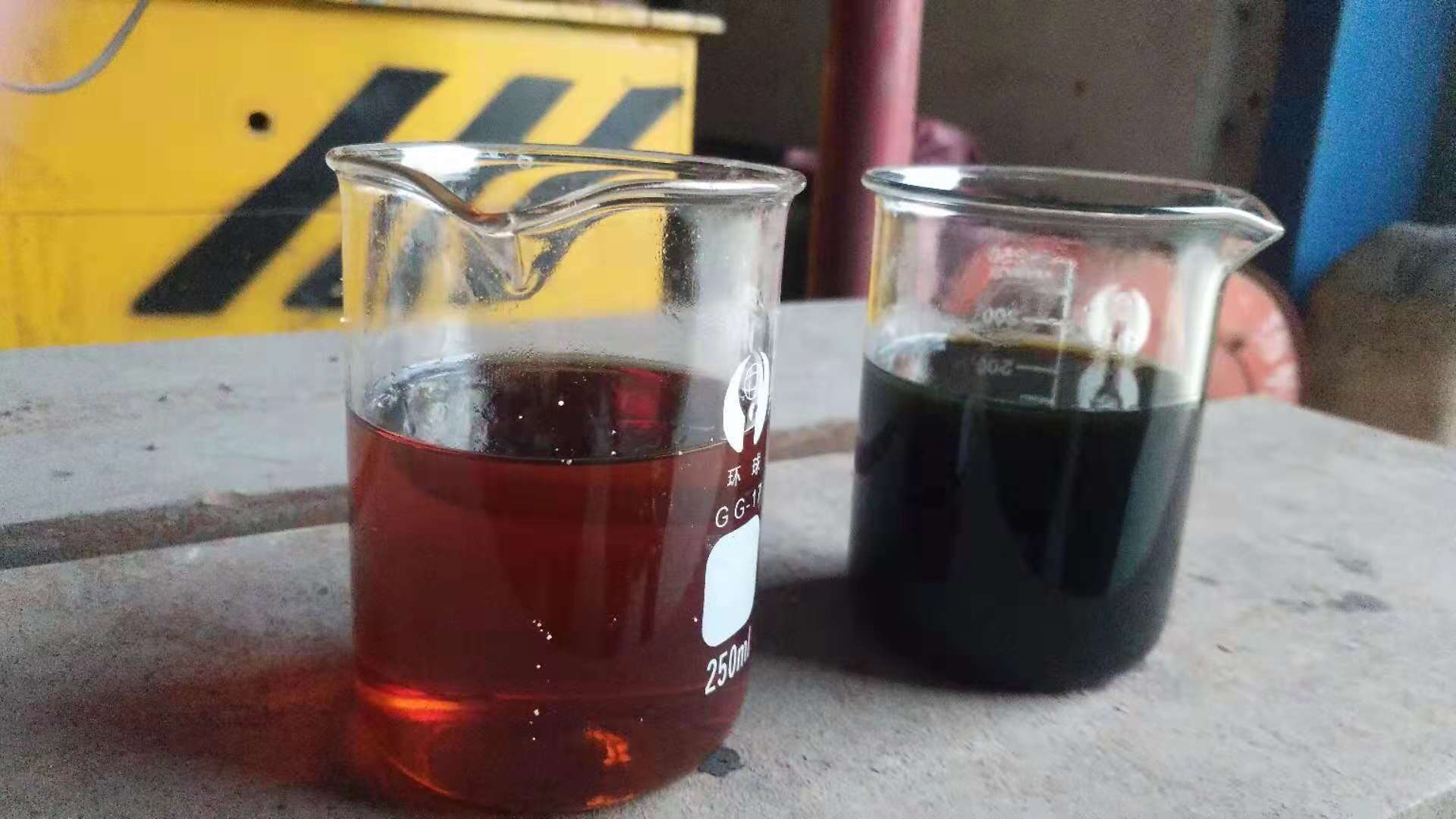In a world grappling with the challenges of waste management and environmental sustainability, pyrolysis has emerged as a promising technology for recycling tires and plastics. Pyrolysis is a thermochemical process that breaks down organic materials, such as rubber and plastics, into valuable products like fuel, carbon black, and chemical feedstocks. This article delves into the economic feasibility of pyrolysis for tires and plastics, exploring its potential benefits, pyrolysis machine cost factors, and environmental impact.

The Pyrolysis Process
Before we delve into the economics, it’s important to understand the pyrolysis process. Pyrolysis is the thermal decomposition of organic materials in the absence of oxygen. When applied to tires and plastics, it involves the following steps:
Feedstock Preparation: Tires and plastics are collected and processed to remove contaminants and ensure uniform feedstock.
Heating: The prepared feedstock is heated in a pyrolysis reactor at high temperatures (typically 400-600°C) in the absence of oxygen.
Vaporization: The feedstock decomposes, generating gases and vapors, along with a solid residue.
Cooling and Condensation: The generated gases and vapors are condensed into liquid and solid products.
Collection and Separation: The liquid products may include pyrolysis oil, while the solid residue often contains carbon black. View this case: tyre pyrolysis plant UK.
Economic Feasibility Factors
The economic feasibility of pyrolysis for tires and plastics depends on several key factors:
Feedstock Availability: The consistent availability of waste tires and plastics is critical to the success of a pyrolysis operation. The cost of collecting and preparing the feedstock can significantly impact the economic viability.
Pyrolysis Technology: The choice of pyrolysis technology plays a crucial role in determining the initial capital investment and operational efficiency. Various pyrolysis technologies exist, including rotary kiln, fluidized bed, and fixed bed systems.
End Product Market: The demand and market prices for the products generated through pyrolysis, such as pyrolysis oil, carbon black, and syngas, affect the overall economic feasibility. Different products have different market dynamics.
Operational Costs: These include energy costs for heating, labor costs, maintenance costs, and waste disposal costs. The energy efficiency of the pyrolysis process is a significant factor.
Pyrolysis Yield and Quality: The yield of valuable products and their quality significantly impact the economic feasibility. High-quality products command better market prices.
Government Incentives: Government policies, subsidies, and incentives for renewable energy and recycling initiatives can greatly influence the economic viability of pyrolysis projects.

Benefits of Pyrolysis
To assess the economic feasibility of pyrolysis for tires and plastics, it’s essential to understand the potential benefits it offers:
Resource Recovery: Pyrolysis allows the recovery of valuable resources from waste materials, reducing the need for virgin resources and conserving energy.
Reduced Waste Disposal Costs: Tires and plastics are challenging to dispose of and can be costly. Pyrolysis offers an alternative, reducing waste disposal expenses.
Energy Generation: Pyrolysis oil and syngas can be used as sources of renewable energy, offsetting energy costs for the pyrolysis process or being sold to the grid.
Carbon Black Production: Carbon black, a valuable material used in various industries, can be recovered through pyrolysis and sold for profit.
Environmental Benefits: Pyrolysis reduces the environmental impact of tire and plastic waste by preventing them from ending up in landfills or incineration facilities. View more information about this machine: https://bestonmachinery.com/pyrolysis-system/.
Case Studies
Several real-world examples illustrate the economic feasibility of pyrolysis for tires and plastics. These case studies provide insight into the practical applications of this technology:
The Klean Industries Example: Klean Industries, a Canadian company, has successfully implemented tire pyrolysis technology to produce oil, steel, and carbon black. Their approach demonstrates the economic viability of converting tires into valuable products.
Waste2tricity: In the United Kingdom, Waste2tricity has deployed pyrolysis technology to convert end-of-life tires into electricity. This project showcases the potential for energy generation from waste tires.
Plastic Energy: Spanish company Plastic Energy has developed a patented pyrolysis technology to transform mixed plastics into high-quality synthetic oils. This innovation highlights the economic feasibility of recycling plastics through pyrolysis.
Economic Considerations
To assess the economic feasibility of pyrolysis for tires and plastics, one must consider several key factors:
Capital Investment: The initial capital required for setting up a pyrolysis plant can be substantial. This includes the cost of land, equipment, and infrastructure.
Operational Costs: Ongoing operational costs, such as labor, maintenance, and energy consumption, can impact profitability.
Market Prices: The market prices for pyrolysis products, including pyrolysis oil, carbon black, and syngas, fluctuate. The economic feasibility depends on favorable market conditions.
Return on Investment (ROI): Calculating the ROI is essential to determine how long it will take for a pyrolysis project to recoup its initial investment and start generating profits.
Environmental Impact
In addition to economic considerations, pyrolysis for tires and plastics offers several environmental benefits. It reduces waste, minimizes greenhouse gas emissions, and conserves energy. The reduction in the carbon footprint associated with waste disposal can also lead to positive public perception and potentially attract government incentives for green initiatives.
The Way Forward
The economic feasibility of pyrolysis for tires and plastics is closely tied to technological advancements, market dynamics, and government policies. As research and development continue in this field, it is likely that pyrolysis will become even more cost-effective and environmentally friendly.
To determine the economic viability of a specific pyrolysis project, a detailed feasibility study is crucial. This study should encompass factors such as feedstock availability, technology selection, market analysis, and financial modeling. With a well-executed plan and favorable conditions, pyrolysis can offer a sustainable solution to the growing challenges of tire and plastic waste, while also being economically sound.
Conclusion
The economic feasibility of pyrolysis for recycling tires and plastics depends on various factors, including feedstock availability, technology choice, market dynamics, and operational costs. While pyrolysis offers the potential for resource recovery, reduced waste disposal costs, and renewable energy generation, its success is contingent on favorable conditions and careful planning. The waste tyre pyrolysis plant in China is a suitable for investors.
As the world seeks sustainable solutions for waste management and environmental protection, pyrolysis continues to be a viable option with economic potential. As technology advances and government support for green initiatives grows, the economic feasibility of pyrolysis for tires and plastics is likely to improve, offering a promising path toward a more sustainable and circular economy.